Commemoration of 25th Anniversary of the Letter of Apology
August 22, 2024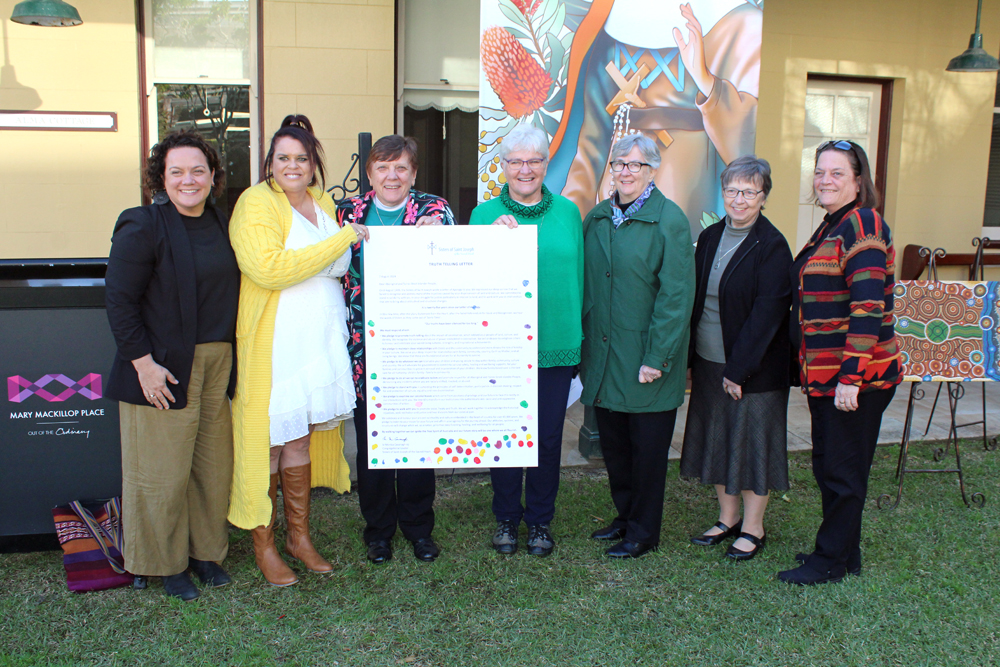
On 7 August 2024 on the lawn outside Alma Cottage, the day before thousands of people came to Mary MacKillop Place for Mary MacKillop’s feast day, another significant event attended by about 60 people took place.
Sisters, Kelly Humphrey, the newly appointed Pro Vice-Chancellor (Indigenous) at ACU, Lisa Buxton, CEO of Aboriginal Catholic Ministry, students from Mount St Joseph (Milperra) and Holy Spirit (Lakemba) Colleges, members of the Josephite Justice Network, Sisters of Saint Joseph lay staff, Mary MacKillop Place and Mary MacKillop Today staff, and the NSW Reconciliation Action Plan (RAP) working party, gathered to commemorate the 25th anniversary of the Sisters of Saint Joseph Letter of Apology to Aboriginal and Torres Strait Islander People.
Father’s Day: Who would’ve thought I’d be a Dad?
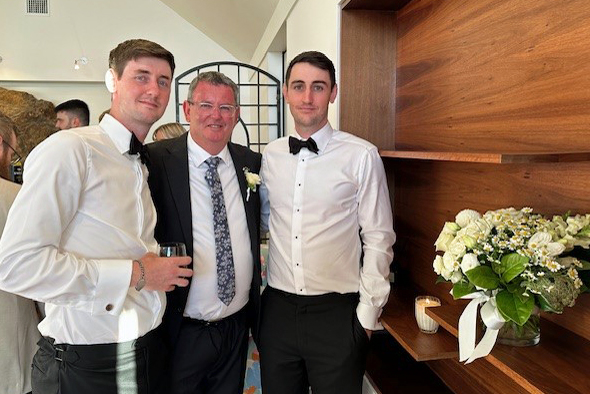
Our children are my priority. I live for them and love them completely.
I’d like to say I showed our boys how to kick a footy, play tennis, barrack for the right football team. But that was their beautiful Mum. She lay the best foundation for our boys such that they are now happy, stable and intelligent gentlemen of whom I am so proud. This foundation assisted me so much when we suddenly lost Mum because I knew I just had to follow that plan, that ethos, that humour.
Season of Creation 2024

for humanity,
with and for creation,
and find their fullness in holiness.
The Season of Creation opens with a World Day of Prayer on 1 September and concludes on the feast of St Francis of Assisi on 4 October. This year marks the 35th anniversary of this ecumenical movement of prayer and ecological action. Pope Francis has released a short message on the theme of this year’s celebration, Hope and Act with Creation (view here).
National Child Protection Week 2024
National Child Protection Week (NCPW): 1-7 September 2024
The continuing theme that:

Is complemented with the 2024 message that:

Hope has two beautiful daughters
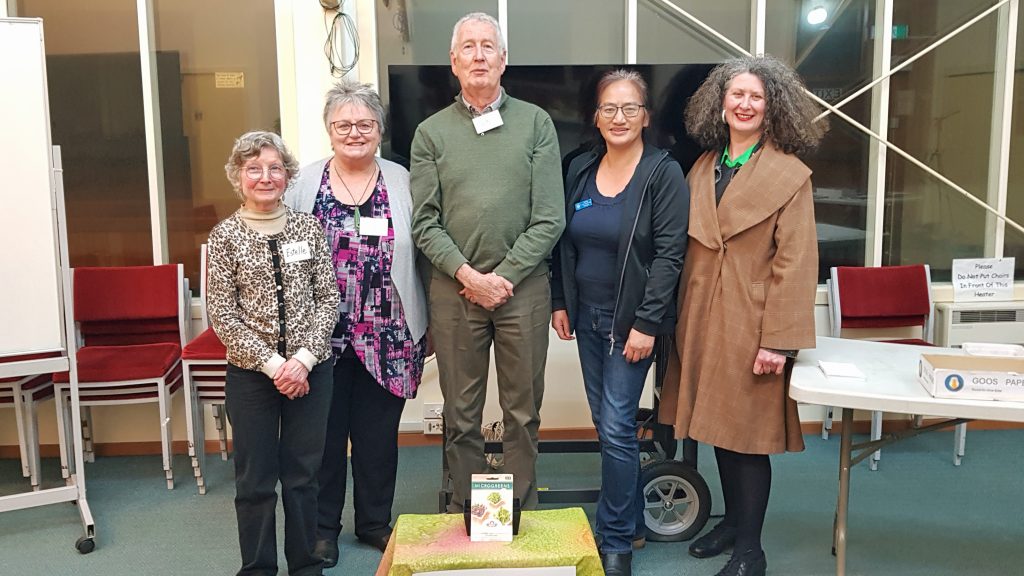
The Wellington Archdiocese Ecology, Justice and Peace Commission’s Integral Ecology Committee initiated two workshops in early August. The workshops were to offer and lead people to creative resources celebrating the Season of Creation during September. A highlight of each workshop was the inspiring presence of two women witnessing to ‘Courage’ with their lives. Amanda Joe, Young Vinnies Co-ordinator and Di Buchan, Queens Service Medal/Justice of the Peace, passionately seeing that things do not remain as they are through hopeful initiatives undertaken in their communities.
Glorious Lives: Mary MacKillop – A docu-film by Shalom World
August 14, 2024
Premiering on Mary MacKillop’s feast day (8 August), Shalom World shared a docu-film on the life and legacy of Mary MacKillop as part of their Glorious Lives series. Shalom World shares the remarkable story of Sisters of Saint Joseph co-founder and Australia’s first and only canonised saint, Mary MacKillop.
A Glimpse into the Past
August 8, 2024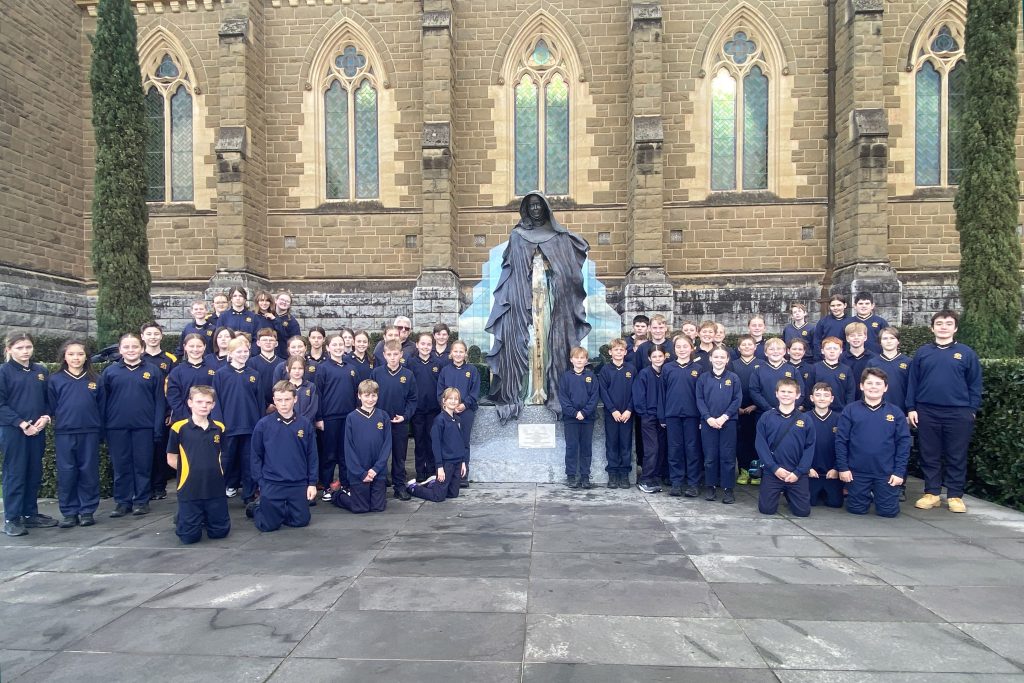
Senior students at St Joseph’s Primary School Numurkah recently visited the Sacred Heart Cathedral in Bendigo, particularly the statue of St Mary of the Cross. The statue was commissioned to celebrate the canonisation of Mary MacKillop, Australia’s first and only canonised saint in 2010.
Mary MacKillop opened St Joseph’s Primary School in 1890 which was the first Josephite School in Victoria. The Sisters of Saint Joseph, otherwise known as the Josephites, are the Sisters co-founded by Mary MacKillop.
Mary MacKillop Today’s Community Grants Program
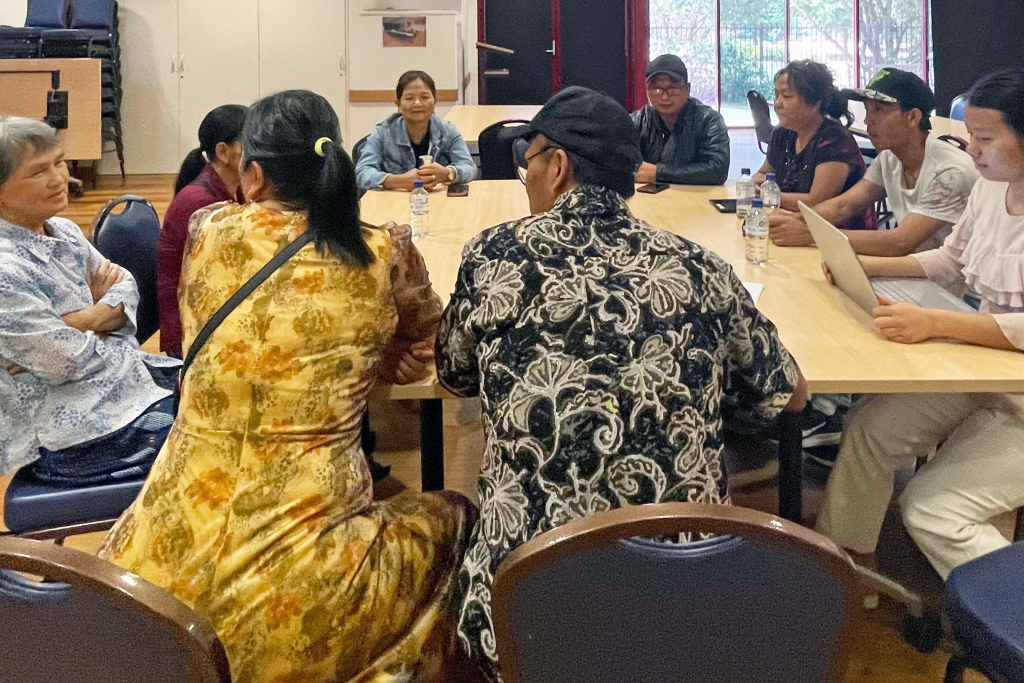
Reaching people and communities at the margins in Australia
Applications for the Mary MacKillop Today Community Grants Program 2025 will open at 9:00am on Monday 12 August and close at 5:00pm on Friday 20 September 2024.
